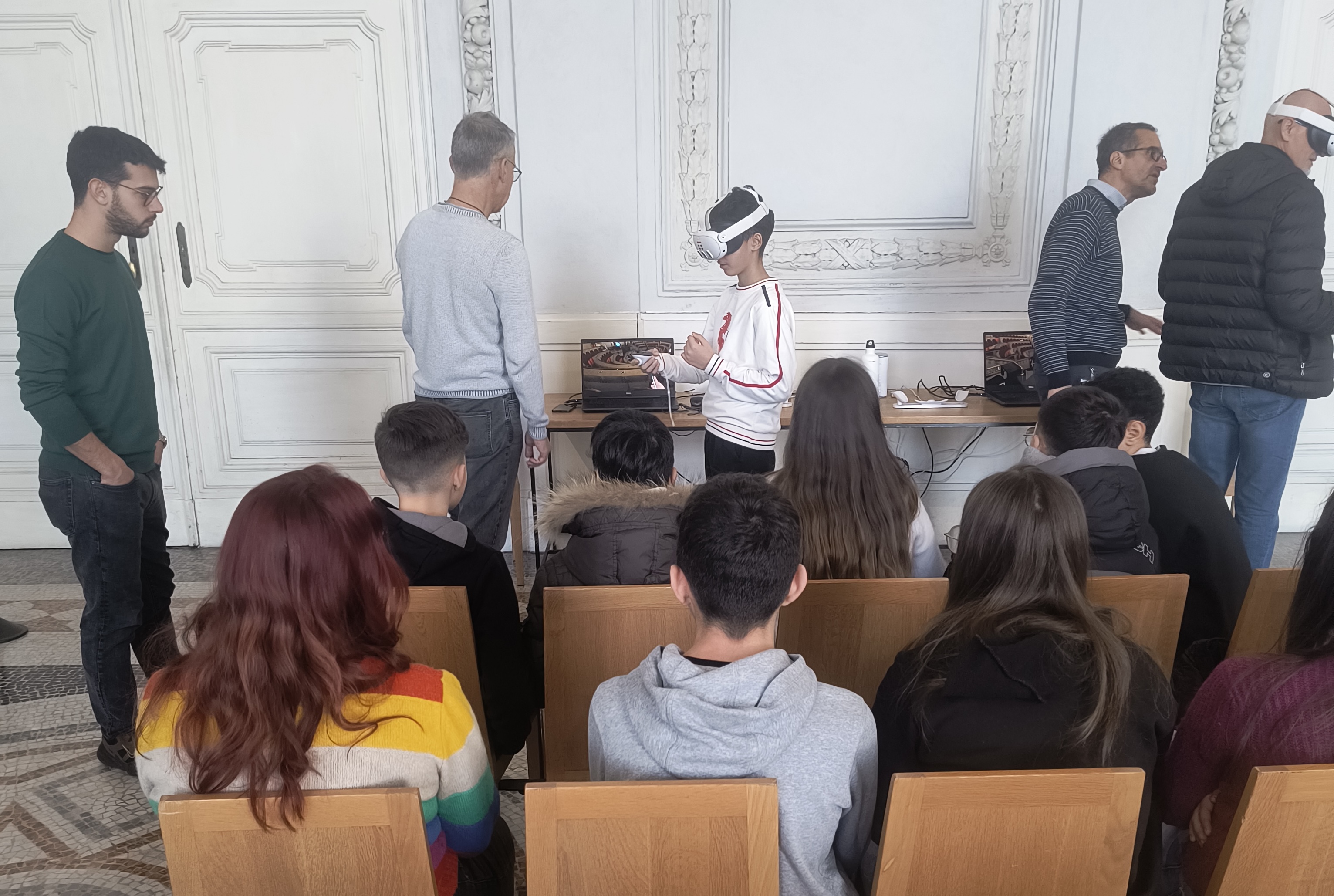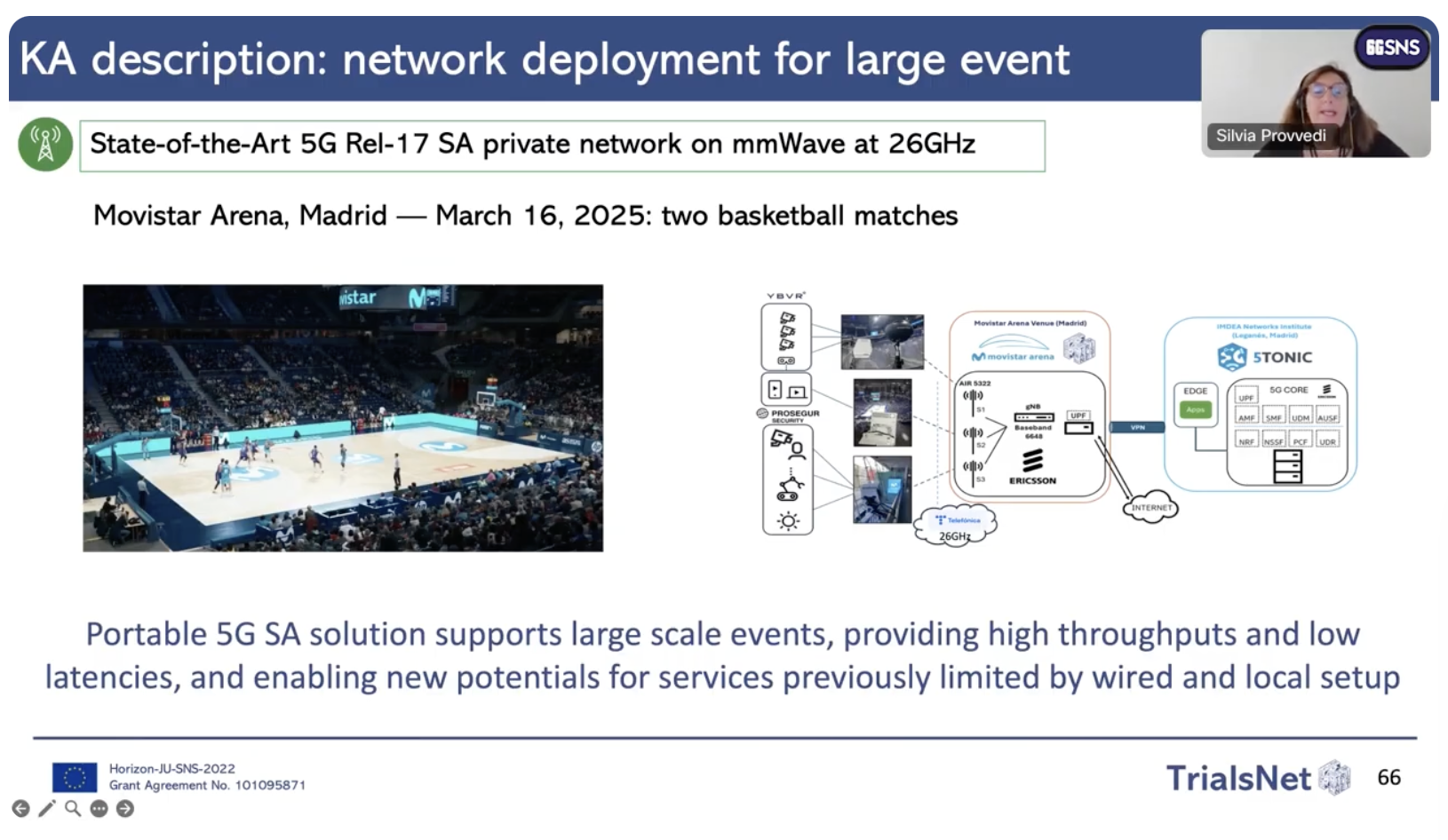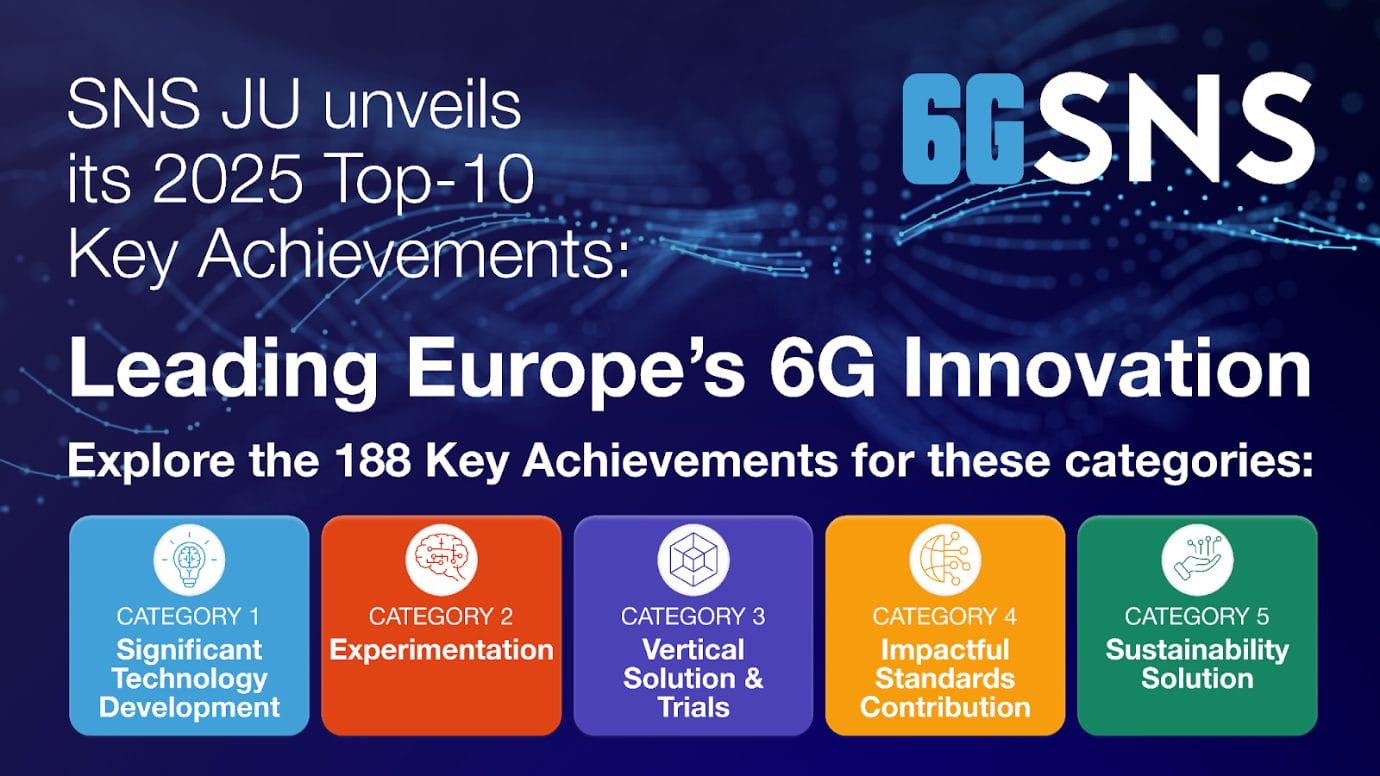UC7 Remote Proctoring successful trial concluded
The Remote Proctoring use case (UC7), demonstrates how Beyond-5G (B5G) networks can enhance interventional cardiology by enabling expert clinicians to support surgical procedures remotely in real time. The main objective is to create a network infrastructure to enable smart telepresence solutions for connecting expert clinical proctors with remote hospitals, reducing geographic barriers and improving access to specialized knowledge. UC7 is deployed by connecting two geographically distant sites through a dedicated TrialsNet network and equipping the proctor’s site with customized B5G coverage. This infrastructure supports high-quality, low-latency audio-visual communication and advanced network slicing, thus improving the entire eHealth workflow and enabling more hospitals to benefit from specialist supervision during complex surgical procedures.
Trial
On July 7, 2025, a live trial of UC7 was carried out using the experimental TrialsNet beyond-5G network to connect two distant healthcare facilities in real time. The trial aimed to assess how B5G technology can support remote proctoring in the field of interventional cardiology.
During the trial, a cardiac surgeon performed a procedure while wearing Rods&Cones smart glasses, which provided the remote expert with a real-time, first-person view of the operating field. At the other end, the expert monitored the live feed - alongside streaming cardiac imaging such as echocardiography and angiography- and offered immediate guidance and clinical support throughout the procedure. The low latency and high reliability of the B5G connection ensured a seamless exchange of visual and diagnostic data, allowing the remote expert to maintain a continuous, robust and clear view of the operation.
TrialsNet partners involved in the UC7 trial were Ericsson (as coordinator), CNR-IFC, Scuola Superiore Sant’Anna, TIM and Fondazione Gabriele Monasterio. This pioneering setup demonstrated how smart connectivity and telepresence can transform surgical workflows, enhance patient safety, and expand access to expert care regardless of location—paving the way for a more connected, equitable future in cardiovascular health.



